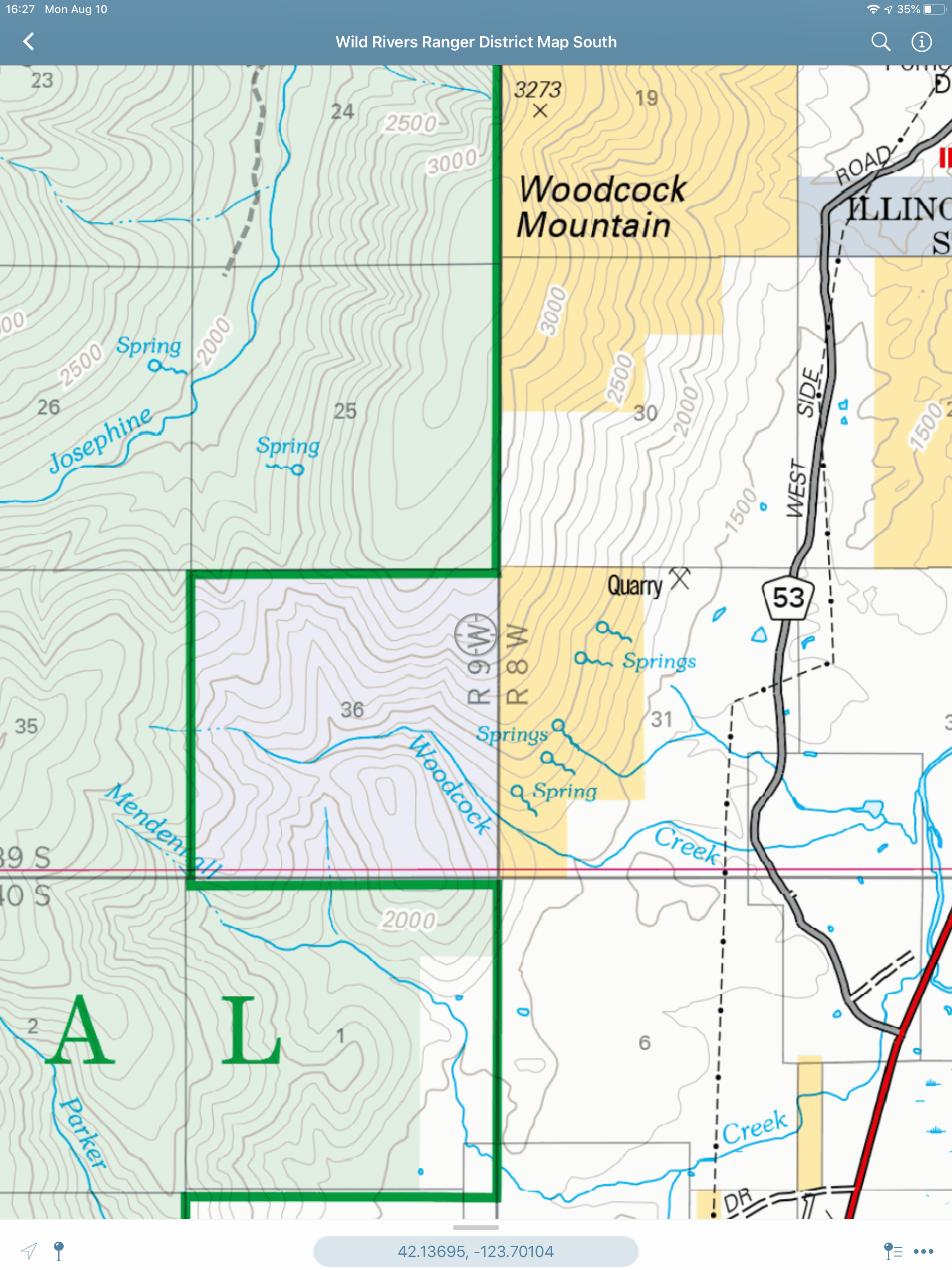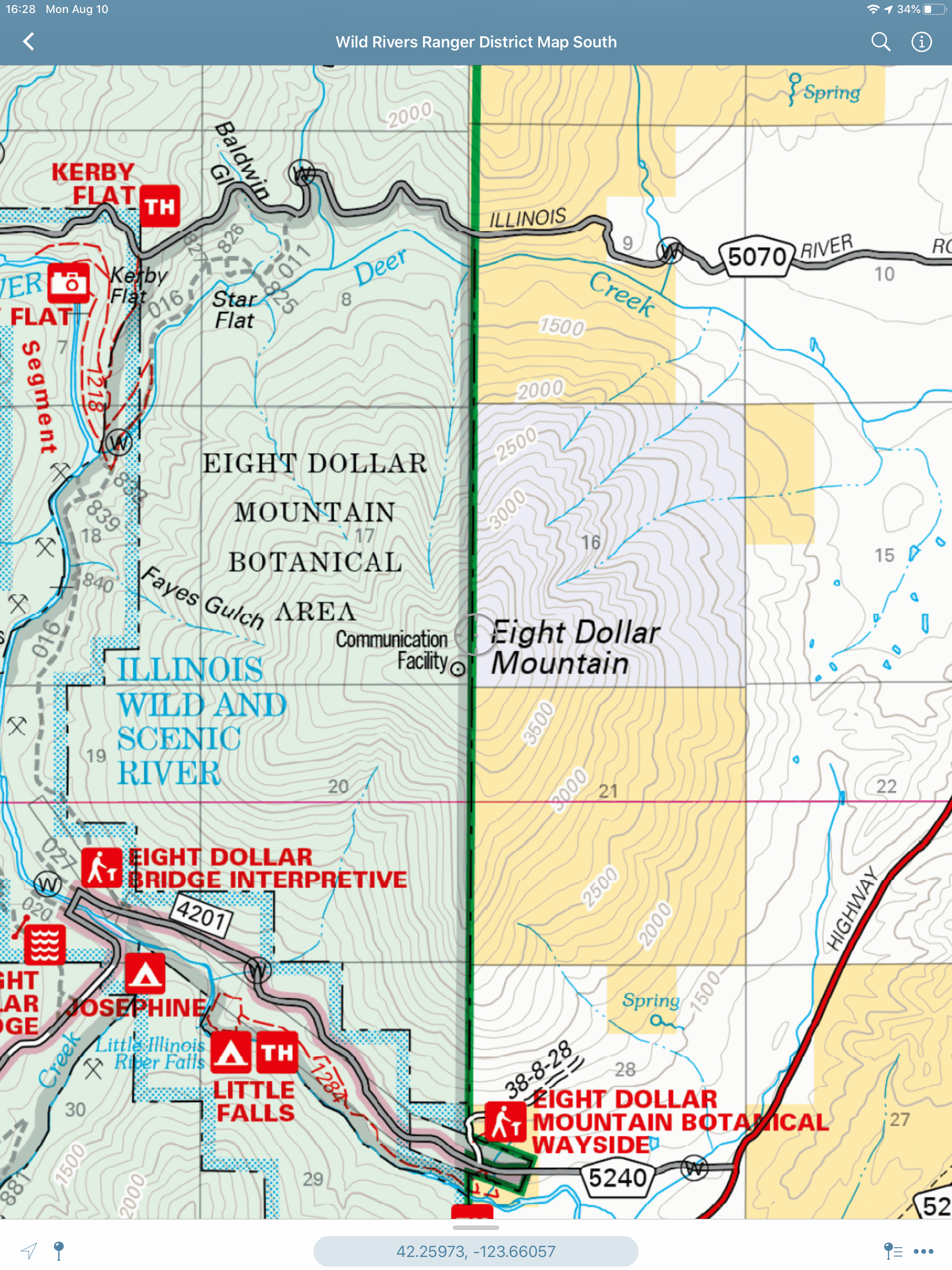The stated purpose of the bill is to “maximize land management efficiencies, promote land conservation, generate education funding, and for other purposes.” Who could be against the purposes expressed? But while the intent is excellent, the execution needs improvement.
The Problem Addressed by the Bill
The problem addressed by the bill is well explained in the findings section. Following is a list of the findings, with my commentary on each.
Congress finds that—
(1) at statehood, Congress granted each of the western States land to be held in trust by the States and used for the support of public schools and other public institutions;
A future Public Lands Blog post will examine state trust lands in detail, but for now suffice it to say that states carved out of the public domain were granted significant amounts of land upon achieving statehood. The granted lands were a varying number of 1-square-mile sections in each 36-square-mile (6-by-6-mile square) township. The amounts increased so that the most recent states received the most land (save for Hawai’i).
(2) since the statehood land grants, Congress and the executive branch have created multiple Federal conservation areas on Federal land within the western States, including National Parks, National Monuments, national conservation areas, national grassland, components of the National Wilderness Preservation System, wilderness study areas, and national wildlife refuges.
Any executive branch actions were done under authority expressly granted by Congress. I wouldn’t consider a national grassland to be a federal conservation area, but whatever.
(3) since statehood land grant land owned by the western States are [sic] typically scattered across the public land, creation of Federal conservation areas often include [sic] State land grant parcels with substantially different management mandates, making land and resource management more difficult, expensive, and controversial for both Federal land managers and the western States;
Yep.
(4) allowing the western States to relinquish State trust land within Federal conservation areas and to select replacement land from the public land within the respective western States, would—
(A) enhance management of Federal conservation areas by allowing unified management of those areas; and
(B) increase revenue from the statehood land grants for the support of public schools and other worthy public purposes.
Amen on (A), but (B) can be achieved in a better way. The states should be given money, not federal public land, for their stranded assets within federal conservation areas.




























